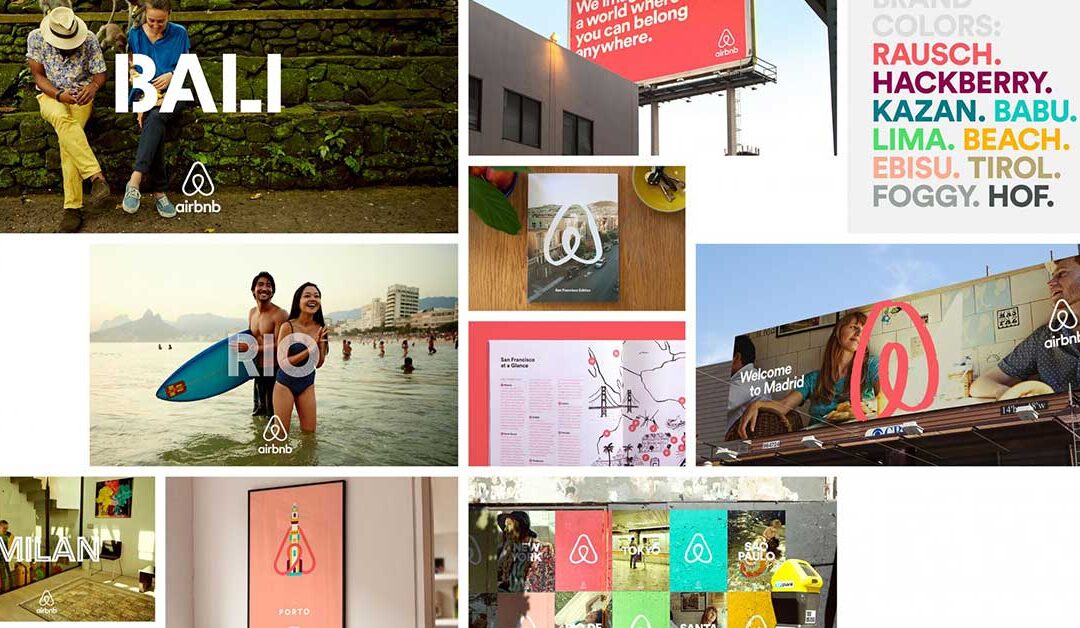In this blog post you’ll learn about 10 brand identity design elements that you need to include when designing strategic brands so that you can design brands that don’t just appeal visually, but influence buying decisions.
Let’s face it, graphic designers are not thin on the ground today. They’re pretty much everywhere and it’s not difficult to find somebody on Fiverr, or Upwork, or you might even find a senior and pay decent money to get a beautifully crafted logo. You might also go with a junior designer who may or may not do a decent job for you.
The Significant Role Of The Brand Identity
The reality is, this isn’t branding. It’s not just about getting a logo. The logo is only a small part of the overall brand identity system. Within a brand identity, there are multiple elements, all working within an ecosystem. And if you know what those elements are, you’ll be able to design those elements with some strategic thinking involved which will result in a brand identity system that will work towards influencing the mind of your audience.
Brand identity is part of the brand experience.
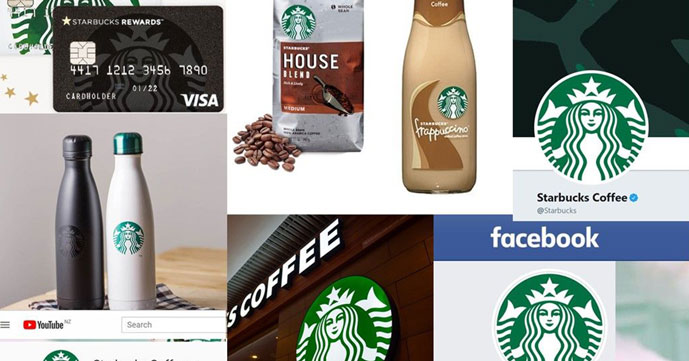
The role of a brand identity system is to appeal visually and quickly assign meaning to the audience about what the brand is all about and that visual appeal is at every single touchpoint throughout the brand. It’s on the website, business cards, shop front, interior design etc. If they can experience the brand visually, that’s part of the brand identity system and the identity system is part of the overall brand experience which looks to influence and shape the mind of the audience about what the brand actually means.
In order for a brand identity to play its role effectively, it needs to communicate certain characteristics. These characteristics are determined within the brand strategy as to how the brand is going to appeal to and resonate with your audience. And those characteristics then influence the brand identity system and all of the elements within it.
The following are 10 brand identity elements that you need to be considering when coming up with a brand identity system.
Brand Identity Element No. 1 – Logo
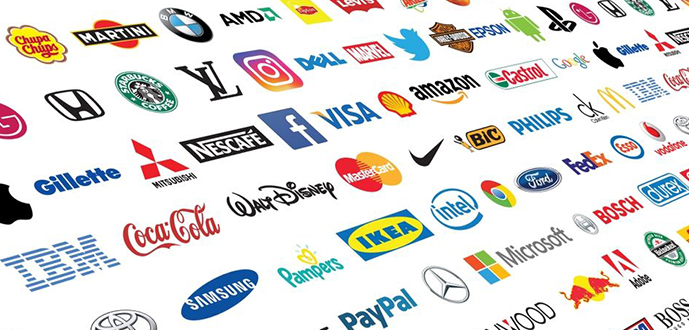
The logo has been put on a pedestal in the last 15-20 years and the word logo has become synonymous with the word brand to the point that a lot of people who don’t know too much about branding do believe that a logo is a brand. Those closer to the profession of branding or running their own businesses know that a brand is much bigger than a logo. The logo is still important and plays a role in appealing to who the audience is and that appeal solidifies or sets the tone on how the brand is going to be experienced throughout the customer journey.
Brand Identity Element No. 2 – Typography
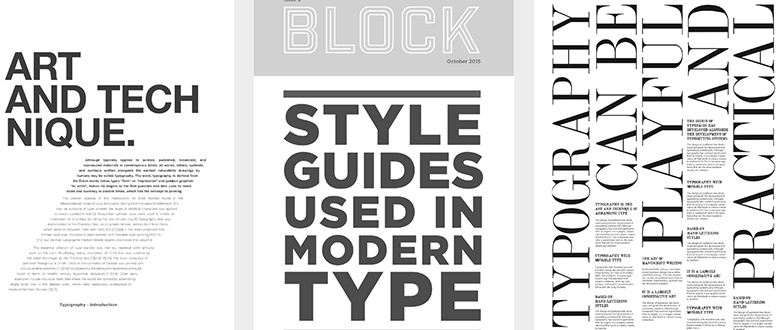
Typography plays an important role in setting the style of the brand. It comes with its own predefined characteristics unless, of course, you’re creating a custom font, then you can design the characteristics into that font. For the most part, when you’re designing a brand identity, you’ll be using pre-existing fonts. It’s really a case of strategic alignment i.e. aligning with the characteristics that have been predetermined within the brand strategy. It’s a case of matching like for like, determining what those characteristics are and finding a font that displays those characteristics.
Brand Identity Element No. 3 – Colour Palette
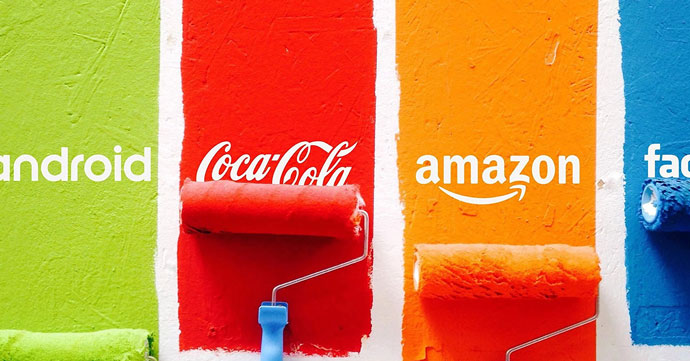
The colour palette sets the mood because colour has the ability to influence our mood and that’s because we have a primitive relationship with colour i.e. our relationship with nature. We assign meaning to things based on their colour because we associate that meaning with that colour. We know that water is cool and fire is hot. There are some psychological connotations when it comes to colour therefore it’s really important that you use that strategically when selecting a colour palette for your brand identity system.
Brand Identity Element No. 4 – Patterns
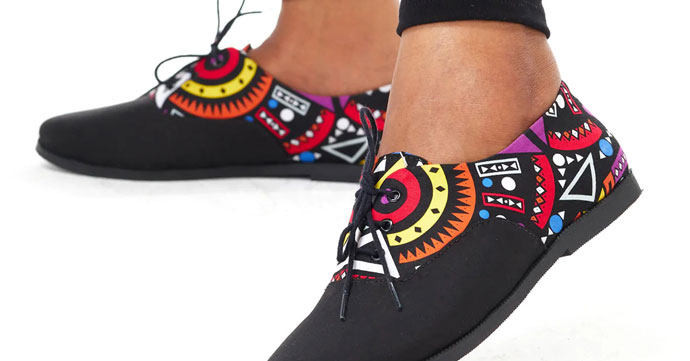
Patterns can be used very effectively throughout a brand identity system and can be used in a variety of different environments. They provide a bit of texture, fill blank spaces and can be used throughout the brand experience as a whole. Think about department stores or certain types of high street brands that put their patterns onto their packaging. When you see somebody walking down the street with patterned bags but don’t necessarily see the logo but the patterns make you recall the brand. In short, they are a very effective and flexible tool for brands to use throughout the brand identity system.
Brand Identity Element No. 5 – Image/Photography Style
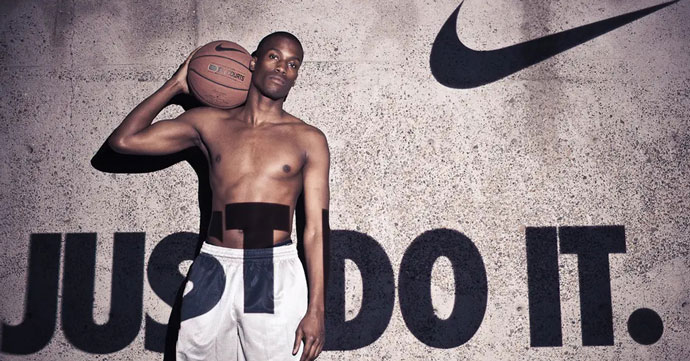
Imagery is a very good example to engage your audience because it does have the ability to set the mood and tone to evoke an emotion. The right image in the right place and time can really evoke the emotions of your audience. Even if you don’t have a big budget, the right designer can help you to come up with an image style that is aligned with your brand strategy. Think about what emotions you want your audience to feel, and what characteristics you want to align with your brand and then make sure that they are designed into your photography or image style.
Brand Identity No. 6 – Graphics & Iconography
These are probably one of the most flexible tools within the brand identity system because you can use them anywhere from your website, packaging etc. Anywhere where there is visual engagement is a place you can use graphics or iconography. And again, all this contributes to the overall brand experience.
Brand Identity Element No. 7 – Illustrations
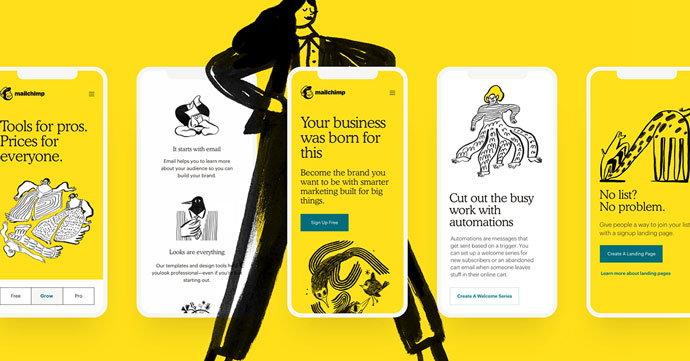
Illustrations are not for every brand. Brands tend to either go with a unique image style or a unique illustration style, there aren’t many brands that will go with both. The use of illustrations has been a growing trend within the tech sector but it’s not for every brand. You really need to consider what image your audience should have about your brand. If illustrations align with that image then by all means use illustrations within your brand identity system.
Brand Identity Element No. 8 – Grid Style

The grid style allows you to have consistency in the information that you’re displaying across all touchpoints. Some modern brands today have upwards of 100 touchpoints and every touchpoint has different information. If there isn’t cohesiveness and consistency in how the information is displayed, then it can seem a little haphazard and make it harder for your audience to connect with your brand. A grid style will help with the information flow.
Brand Identity Element No. 9 – Audio
Audio is becoming increasingly important because we’re experiencing brands in a different way today. Brands have podcasts, youtube channels, videos on their websites etc. If you look at Google Trends, close to 30% of searches are done via audio assistants. It’s therefore important that you consider your strategy when deciding how to use audio within your brand identity system.
Brand Identity Element No. 10 – Animation
This again comes back to the evolution of brands and the evolution of our experiences with brands. If you think about how we might engage with a brand through their app, website or interactive billboard, there are many opportunities for a brand to have animations in there to add to the overall brand experience. For example, you might have an animated logo at the beginning of your video, or animated characters within an explainer video etc.

